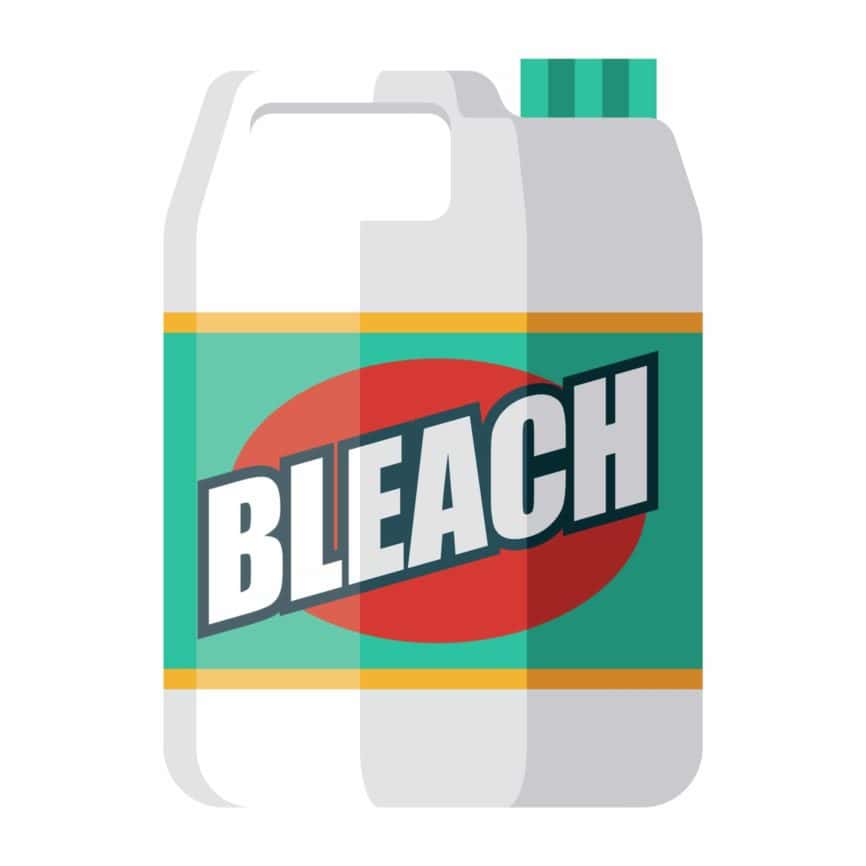I suspect much of the iron debris trapped in the filter cartridge, is not necessarily iron reducing bacteria, but maybe ferric iron residue resulting from the prior chlorine shock treatments.
Most iron within well water is in a ferrous state which is fully dissolved in the water and is not visible which is why it is also called 'clear water iron'. Because ferrous iron is fully dissolved, it can't be removed by simple filtration.
Once an oxidizer such as chlorine is added, ferrous iron will begin to convert to a ferric state whereby it will separate out from the water as a visible solid (rust). Ferric iron residue being heavier than water, will typically accumulate in slower moving areas such as the bottom of a well, and any particles entering the plumbing system will collect on filtration media including a simple pleated sediment filter cartridge.
After shocking the well with chlorine, to eliminate chlorine, ferric iron residue and sediment, best to continuously pump out the well at the highest flow rate possible. To do so usually involves pumping the well continuously for an extended period, often requiring the home's supply line to be disconnected directly after the pump, allowing water to flow to a ditch or other suitable catchment location.
When there is a continuous iron issue which was not resolved by shocking, there are numerous treatment options possible depending on specific water conditions, which is usually performed at point-of-entry. If there is also an ongoing bacteria issue, treatment will usually include chlorination after the pump.
Suggest having a sample of your well water tested by a qualified lab to determine it's conditions. A detailed report will assist to determine appropriate treatment options.
National Labs offer a standard well test that is frequently recommended in the Water Softener forum.
NTLWATERTEST

